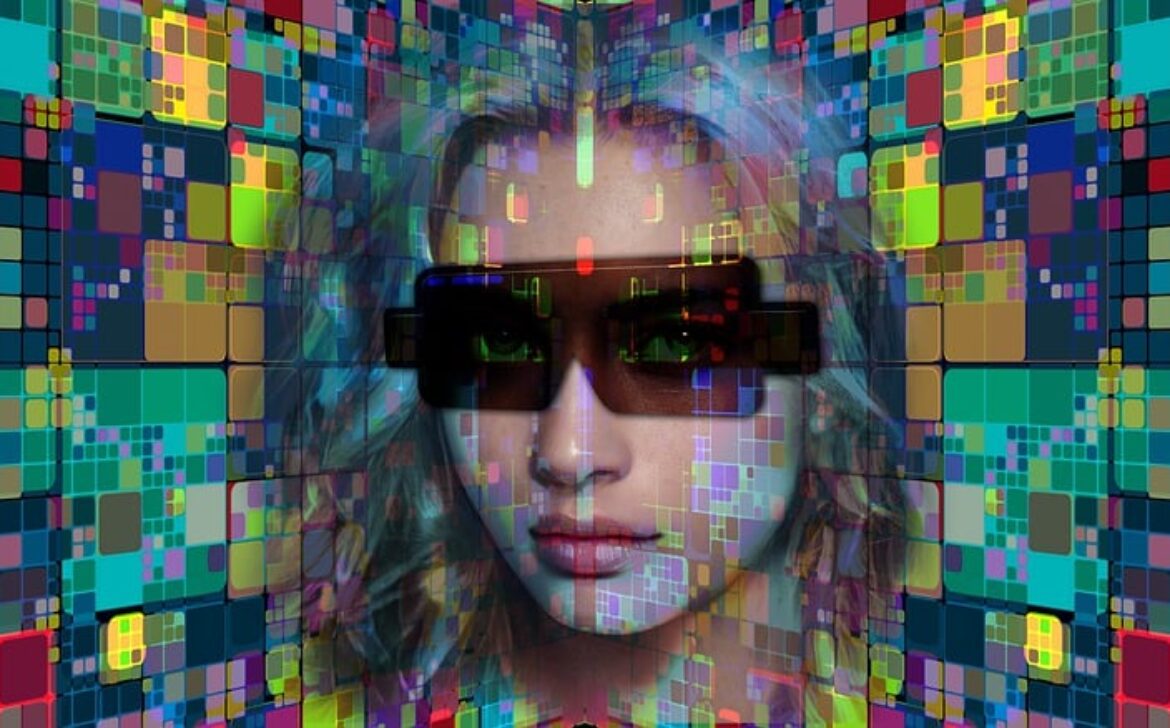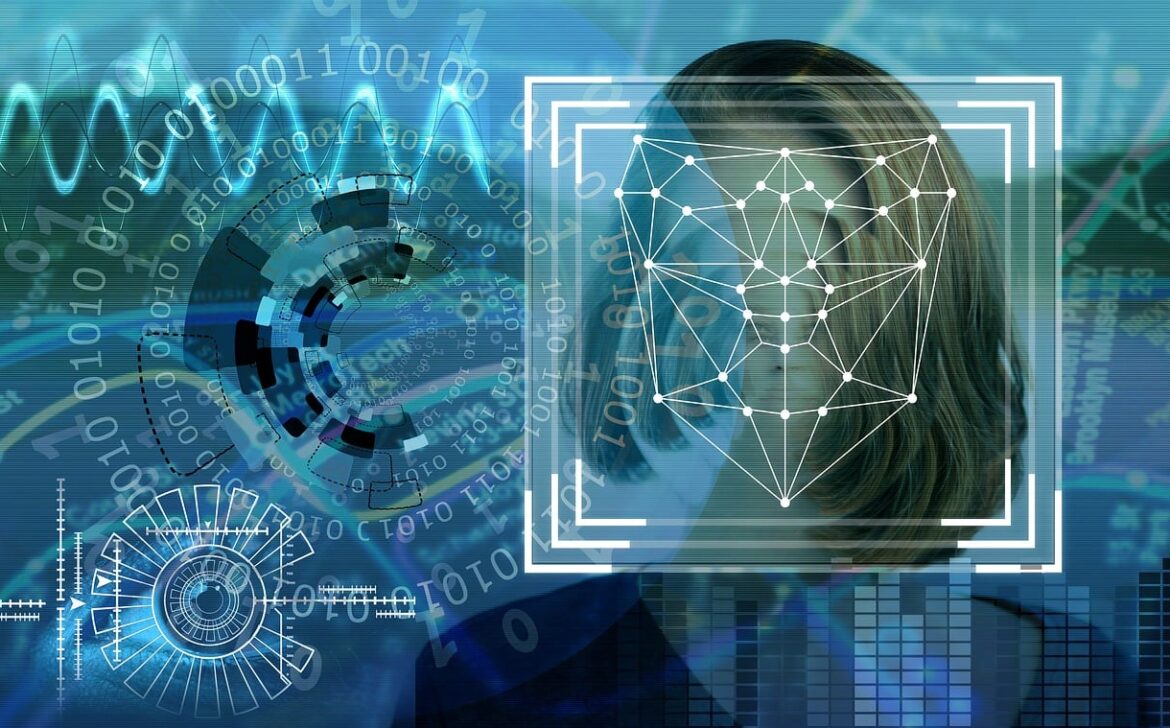Unveiling Natural Language Processing (NLP): Empowering Machines to Understand Human Language

In the digital age, where communication thrives, the ability to understand and process human language has become paramount. Natural Language Processing (NLP) is the cutting-edge technology that bridges the gap between human communication and machine understanding. Let’s delve into the world of NLP and uncover its significance across various domains.
The Essence of NLP
At its core, NLP is the branch of artificial intelligence that focuses on the interaction between computers and human language. By training machines to recognize patterns, understand context, and derive meaning from text, NLP enables computers to comprehend and respond to human communication in a way that was once thought to be uniquely human.
Language Understanding and Processing
NLP algorithms are designed to perform various language-related tasks, ranging from simple tasks like part-of-speech tagging and tokenization to more complex tasks like language translation and sentiment analysis. Through machine learning techniques, computers learn from vast amounts of text data, enabling them to develop language models and make accurate predictions.


Applications of NLP
NLP is driving innovation across industries with its diverse applications. Language translation, once a painstaking process, is now made seamless by machine translation models. Sentiment analysis helps businesses gauge public opinion, customer satisfaction, and brand perception through social media and reviews. Text summarization, chatbots, and virtual assistants are transforming customer service and interaction.
Challenges and Nuances
While NLP offers groundbreaking capabilities, it’s not without its challenges. Ambiguity, sarcasm, and cultural nuances make human language complex. NLP models must be trained on diverse data sets to handle the richness of language. Ethical considerations, such as bias in training data, also need careful attention to ensure fairness and accuracy.
The Future of NLP
The future of NLP is filled with potential. As machine learning algorithms improve and datasets expand, NLP will become more adept at understanding context, sentiment, and intent. Conversational AI will evolve, enabling more natural and human-like interactions between machines and humans.
Empowering Human-Machine Interaction
NLP is shaping a world where machines not only understand language but also communicate effectively. From personalized marketing campaigns to medical diagnosis, NLP is opening doors to efficient data analysis, knowledge extraction, and automation. As the field advances, NLP will continue to redefine the way we interact with technology and information.





























